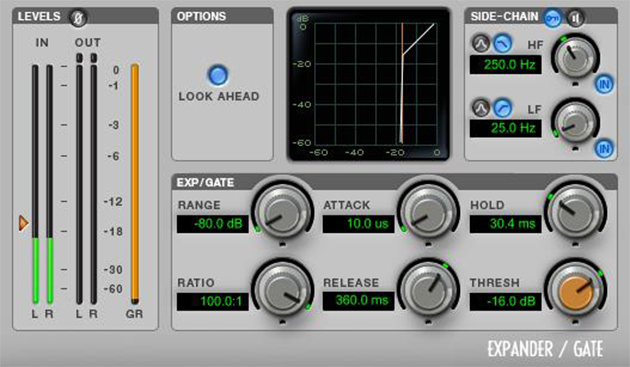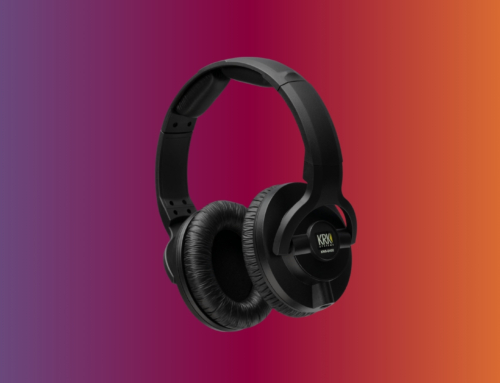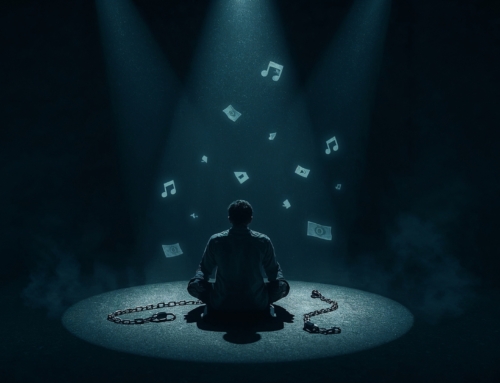Noise gates are often somewhat underused by producers of electronic music. Noise gates (or just simply, ‘gates’) were initially developed, as the name suggests, to stop unwanted noise from creeping into a mix. Imagine for example, that you are recording a drum kit live; the kick drum mic will pick up sounds from all of the other drums that are being hit. If we gate the kick however, the noise gate will only open when the kick drum is playing, and will remain closed (and thus the track will remain silent) the rest of the time. Similarly, a gate can be used to eliminate hiss or rumble on a noisy instrument track. These traditional uses of gates are not as relevant to those of us who produce electronic music, but if you can begin to understand exactly what it is that a gate is doing, all kinds of creative possibilities begin to open up.
How It Works
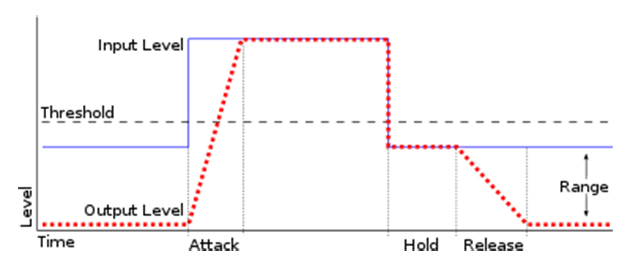
Gates affect the same parameter of sound that compressors do – the amplitude (volume). However, whereas compressors bring the volume level down when a signal gets too loud, gates shut off the volume level completely when it gets too quiet. This is how we stop unwanted noise from cluttering the mix; if you’re playing the guitar, the sound is loud enough to pass through the gate, if you’re not playing the guitar, the background hum is too quiet to get through. This all becomes much more interesting when you discover that, as with compressors, you can use a sidechain to control a gate. By using a sidechain you are able to control when your gate opens by triggering it with another track. For example, if you trigger your gate from your kick drum track, then every time your kick drums hits, your gate will open. Let’s look at how we can use this as a production technique.
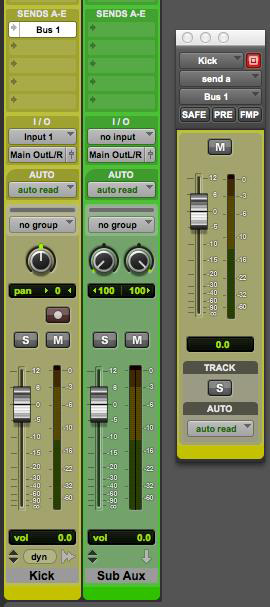 Triggered Sub Bass
Triggered Sub Bass
To begin with send your kick signal to a bus – you will use this to trigger your gate. When that is done, create a new aux track – you will use this for your sub. In this example we are going to use a signal generator to create a sub bass in the same key as your track.
Open up a signal generator on your aux track, and set a sine wave playing in the same key as your track at an octave that is suitably low for it to work as your sub. It is easy enough to find out the frequencies of musical notes online. So, for example, if my track is in the key of C, I can set my signal generator to create a sine wave at 65.41Hz (my signal generator may round this down to 65Hz, but that’s fine). Immediately below the signal generator in your signal chain, insert your gate. You will need to take the input for your sidechain from the bus you sent you kick drum signal to. Once this is done, you can start to play around with the parameters of your gate. The parameters we are concerned with are ‘threshold’, ‘attack’, ‘hold’ and ‘release’. You need to set the threshold at a level so that the gate only opens when the kick drum plays. Mess around with the other parameters until you are happy that the attack and duration of your sub bass complements your main kick nicely each time it hits.
Other Ideas…
Once you are comfortable with how this technique works, it doesn’t take long to come up with other ways that you can use it. Instead of using a signal generator for your sub, you could use a bass synth – or you could set up a percussive synth that is triggered off your hi-hat. A nice way to add some spark to a snare drum is to trigger some white noise each time the snare is hit.
Another neat trick is to use a synth to trigger a gate on a reverb, so that the reverb is only active when the synth is playing. You can create some really huge, yet tight, sounds doing this as Dave Pensado explains in this video:
One final story regarding innovative use of gates comes from the recording of David Bowie’s classic track, ‘Heroes’. Bowie and his producer, Tony Visconti, loved the sound of the natural reverb in a large room at the recording studio they were in, and captured this on tape in a very interesting way. Visconti set three microphones up in the room; one close to Bowie, one fifteen feet away, and one right at the far end of this large space. He set gates up on the second and third mics. Neither of the gates would open whilst Bowie was singing quietly, but once he reached a certain volume the gate on the second mic would open up, and you would start to hear the natural reverb of the room. When he really started to let rip, the final gate would open up as well, creating a huge sound at the loudest points in the vocal track. Visconti explains the effect:
“That reverb on his voice is therefore the room itself, none of it is artificial, and it’s his voice triggering the gates. What is really great is that the sound of the opening two verses is really intimate. It doesn’t sound like a big room yet, it sounds like somebody just singing about a foot away from your ear. The whole idea worked, and what you hear on the record is probably take three. We wouldn’t go beyond that. He was really worked up by then and I can tell you he was feeling it. It was quite an emotional song for him to sing, he deliberated long and hard over these lyrics, and he was ready to go, there was no holding him back.”
Read the whole fascinating story on the recording of ‘Heroes’ over at Sound On Sound.
